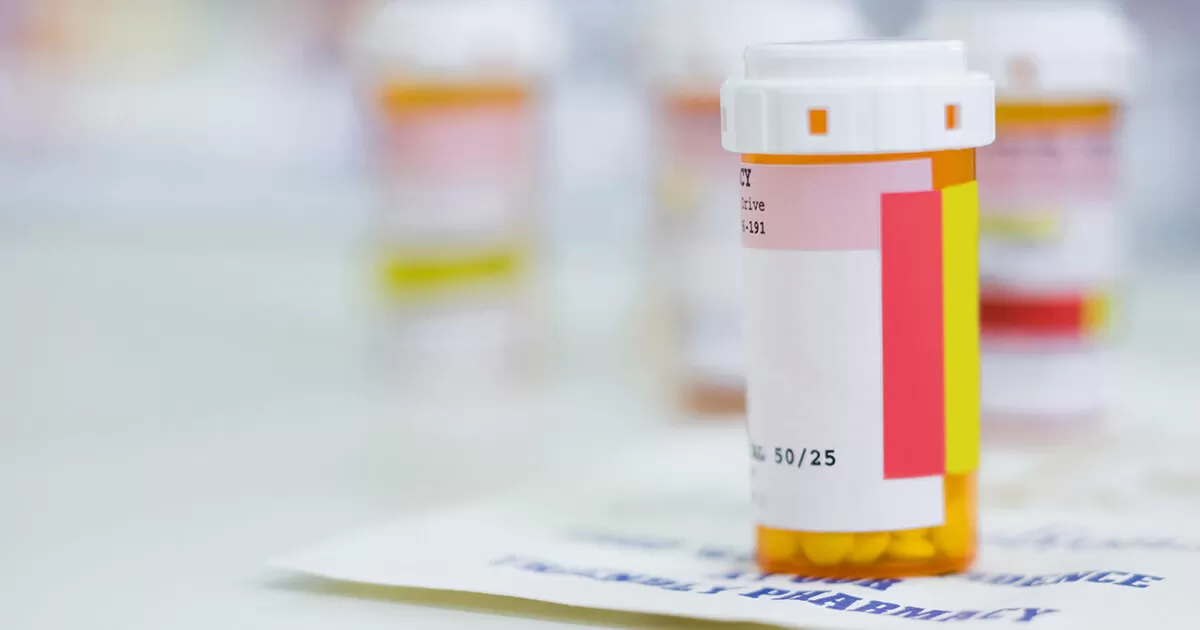Taking Prescription Pain Medicine Safely

Prescription opioid pain medications such as oxycodone and codeine are some of the most commonly abused prescription drugs. And there has certainly been a lot of talk in the media about the very real problem of pain medicine addiction.
Unfortunately, all of that news coverage can sometimes overshadow the fact that these medicines are important tools in treating pain. For many people, opioid medicines—which work by reducing pain signals that are sent to your brain—can be extremely helpful. When used appropriately, these medicines can help manage both short-term and chronic pain.
How can you and your doctor help ensure the safe use of prescription pain medicines and avoid pain medicine addiction?
- Consider other pain relief options first: Opioids can help relieve many kinds of moderate to severe pain, but they should not be prescribed as a first-line treatment for chronic pain. Instead, they may be prescribed for chronic pain when nothing else works. Or, they can be used to treat short-term, acute pain—such as pain a person might experience after surgery or a painful procedure.
- Take your medicine exactly as prescribed: Don’t take more than the prescribed dose or for longer than recommended by your healthcare provider. If you have any questions about the directions provided with your prescription, or about whether you can take your pain medicine with other drugs or alcohol, be sure to speak with your pharmacist or the doctor who wrote the prescription.
- Only take medicine that has been prescribed to you: Never take an opioid medicine that has been prescribed for someone else to treat your pain.
- Communicate with your doctor: It’s important to be open and honest with your healthcare provider about your medical history and your past experience of taking pain medications.
- Learn to recognize the signs of addiction: People who are addicted to opioid pain medicines may seem to always be misplacing their prescription and asking for refills, consistently taking more medicine than they need, and visiting multiple doctors to request new prescriptions. It’s up to caregivers, family members, friends, and healthcare providers to help recognize when someone close to them may be suffering from addiction and seek treatment and support.
- Do not keep old pain medicine in your home: Unlike other prescription medicines such as antibiotics, which you’re told to take until the prescription runs out or your doctor tells you to stop, usually your healthcare provider will ask you to only use prescription pain medicines as needed to control pain or regularly until your pain stops. Do not store an old prescription in your home, and only use it to treat the pain for which it was prescribed. For information on the proper disposal of medicines, visit the U.S. Food and Drug Administration.
- Store your medicine in a safe place: Always keep opioid medicines locked up where younger family members or friends can’t access them, especially when you’re having a party, and when workers or visitors at your home.
Weighing the risks and benefits of opioid pain medicine is extremely important, as is keeping an open line of communication with your healthcare provider while taking them. This can help you avoid unnecessary complications. All medicines can be useful, but they must be taken appropriately to provide the most benefit while risking the least harm.
References
- 1. National Institute on Drug Abuse. Commonly abused prescription drugs. Updated October 2011.
- 2. Fields H. State-dependent opioid control of pain. Nat Rev Neurosci.2004 Jul; 5: 565-575. Doi: 10.1038/nrn1431.
- 3. Savage SR, Kirsh KL, Passik SD. Challenges in using opioids to treat pain in persons with substance use disorders. Addict Sci Clin Pract. 2008 Jun; 4(2): 4-25.
- 4. Ballantyne JC and Mao J. Opioid therapy for chronic pain. N Engl J Med. 2003 Nov 13; 349: 1943-53. doi: 10.1056/NEJMra025411.
- 5. Package insert: Oxycontin. Purdue Pharma.





